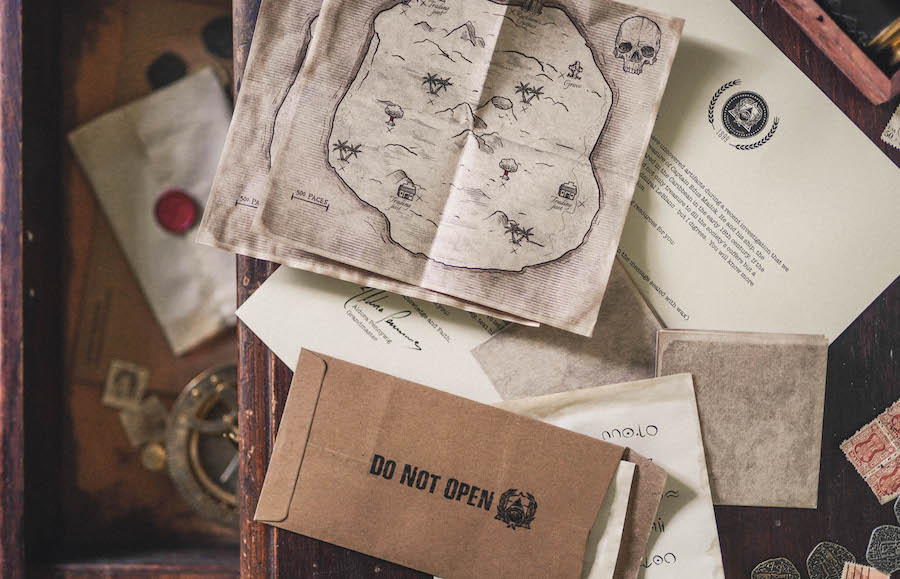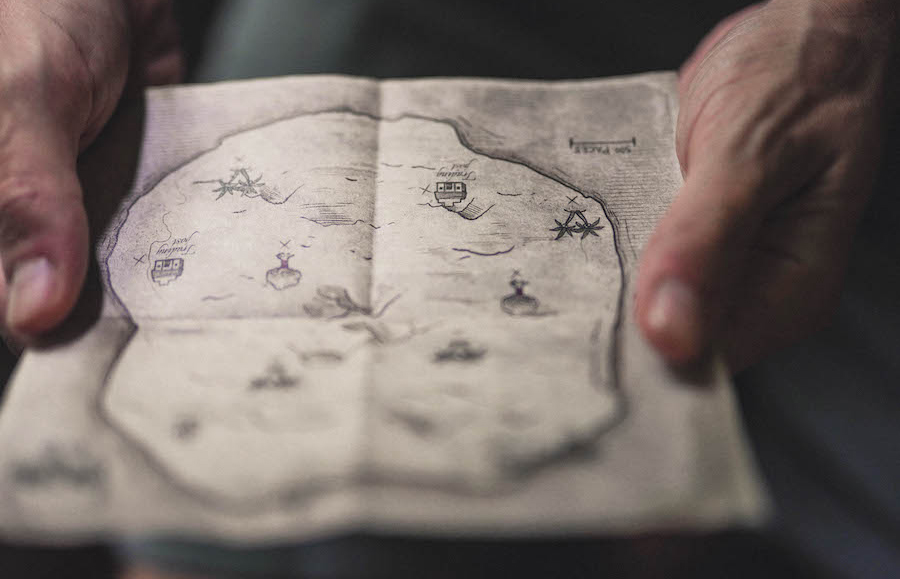I’m currently working on a tabletop escape game that is based in a summer camp in the 1950s. Players solve puzzles to get into campers’ boxes, where they find notes and other fun items, and a mystery about Bigfoot slowly unfolds. Because the game is set in the fifties and the characters are teens, almost all of the documents are handwritten notes.
As a game designer, one thing I always keep in my mind is how players manage documents. How many are they dealing with at a time? What type of document delightful to discover? How can players easily find something they saw earlier? With six characters and multiple written artifacts from each, this game is a challenging one! How do I make sure each character’s notes are distinctive and easy to follow? You got it – via their handwriting! And the paper they write on.
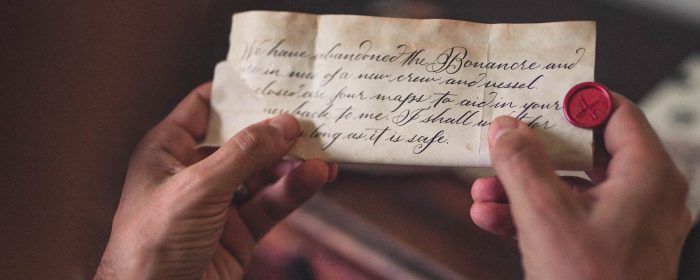
What does handwriting say about a Character?
Imagine finding a piece of paper on the ground. It’s a small sheet of grid paper with tiny letters, each letter perfectly lined up in a square. Every “i” is dotted and “t” is crossed meticulously. Can you visualize the owner? Are they tense or relaxed? Fun or serious? Sloppy or exacting?
Each person has a unique handwriting – and it can change depending on one’s mood. When making games with characters, it’s important to focus on handwriting. An individual’s writing style and tone can convey character, mood and even historical period, which is very useful when there are no images, video, or audio to rely on.
Our Design Process
We begin by creating our character – who are they? What age? Gender? Education level? What is their personality? When were they alive? Next, we think about what they’re writing and where. Will it be typed or handwritten? If it’s handwritten, we then start by finding a placeholder font for early drafts of the game.
Two other items we consider are: how each character’s handwriting can be distinguished from one another and how easy is it to read. Games set in earlier times are likely to feature characters who write in script. If we use cursive, we try for a handwriting that is easier to read or supply a transcript since many players find reading cursive challenging.

After we have playtested enough to feel that the handwriting components are set, we begin our search for the right font or handwriting. We do this in many different ways. For more historic documents, it can be challenging to find someone to write for us, so we might find a font, modify it, then trace over it. We also hire calligraphers and regular people to write documents.
Below is a sample of writing from our game, The Memory Stone. The character was a meticulous researcher for the Society of Curiosities who was sending back notes from the field in the 1930s. According to our research, adults at that time might have been taught the Palmer Method of handwriting, so we sourced the artist, Perfect Biscuits, to create the handwriting of the character.
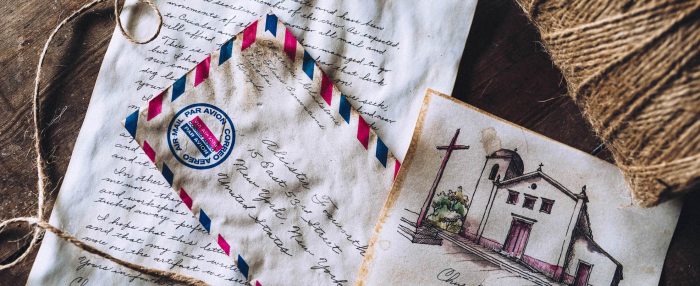
Although we are not yet ready to hire writers for our Summer Camp game, we have been bookmarking individuals who offer handwriting services whose writing could fit a character. Once the game is set, we will be “casting” them as the handwriting of our campers. When I say casting, the process feels very much like the process we go through to find voice actors for our games. We go through a lot of candidates to find just the right fit.
Attention to the Little Details
It may seem crazy, but we feel that paying attention to the minute details makes a difference in how players perceive our games. We want our characters to feel real and to do that, we can’t find a font, type it up and print it out. Everything would be too uniform – even for the messiest of fonts.
We even go as far as laying out exactly how notes will be written so our handwriters can copy it! Does the character cross off words, scratch them off, erase, underline? All of these little details tell our players about a character and the story.
There are deep research rabbit holes that we dive into for each game that we create. For example, what writing instrument would be used? Pencil, pen, ball point pen, marker, quill? It all looks different and players can sense this! What size and type of paper are they writing on? In fact, that will be the next part I work on for my summer camp game, so I’m off to obsess over 1950s stationary and lined paper!
Hope you enjoyed the read!
